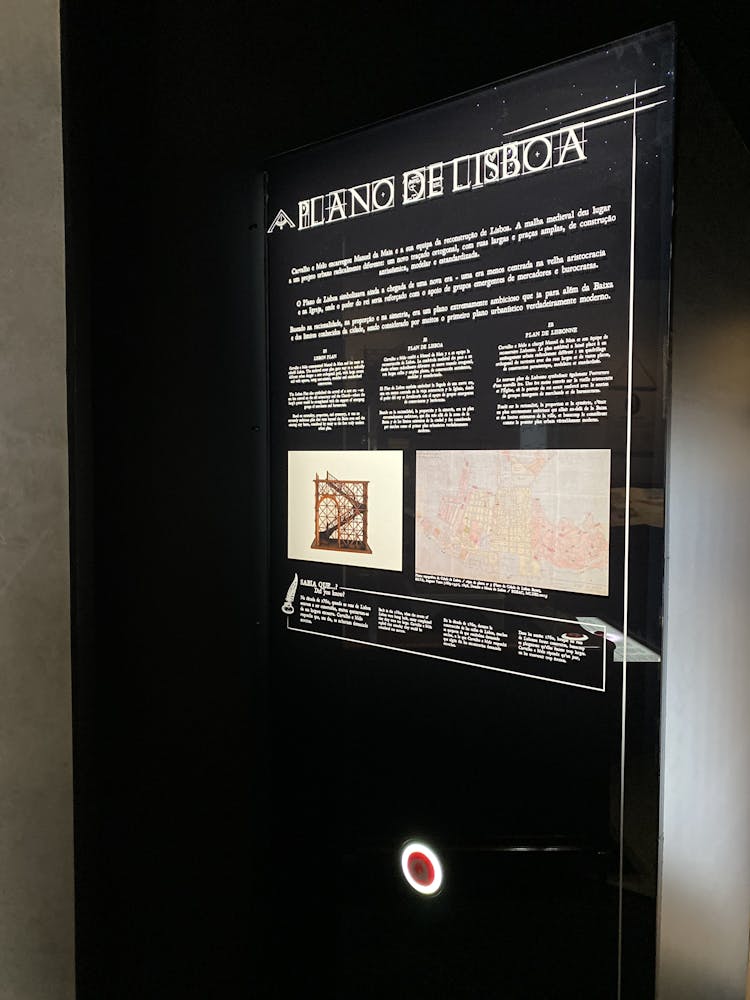Share
In his inquiry about the impacts of the earthquake, Sebastião José de Carvalho e Melo considered the destruction of important buildings as the most striking. Therefore, to this question about what buildings were ruined, many shrugged their shoulders. Some did not wish to confess that they had been detained inside and subsequently released from the heavily-damaged Palace of the Inquisition to ere in the streets of Lisbon. Among the most unusual cases were men prosecuted for bigamy, a common offense in the mid-18th century. Many artisans sought to escape the constraints of social life, whether it was debt or marital life. They went to Brazil, where they often got married a second time. Many construction workers fell into this category as they were employed at the Ribeira das Naus construction sites or did maintenance work for carriage, car or cart owners. On the other hand, the group of prisoners of the Inquisition probably had nothing to do with the many thieves who spent that day stealing jewels, pieces of precious metal or silver crosses, breaking into as many houses and churches they could get into, and forcing open doors in search of the pearls, rings, and fans worn by unconscious women. Some of the thieves didn't hesitate to amputate the limbs of dead people to take jewellery, which caused fiery rumours and legends.
However, most of the prisoners of the Inquisition were not common thieves under common law. At least one of those arrested by the Inquisition, and by chance released on 1 November 1755, matched the description of the carpenters accused of bigamy. He had been sentenced to forced labour, but escaped and spoke of his serious health problems and ill-treatment by those responsible for carrying out the sentence. Sentenced to five more years, he was once again imprisoned, then released by the disaster. Like the other survivors, he wandered through the ruins, where he too, certainly noticed the horror caused by the thefts. In response to the wave of looting, there was a violent coercive climate imposed by Minister Sebastião José. Summary hangings (with 34 in the first weeks) were carried out and the bodies were left hanging for all to contemplate. Because surveillance was impossible, this intimidation was most effective. Among the 11 Portuguese hung, several were foreigners: 10 Spanish, 5 Irish, 3 Savoysians, 2 French, 1 Polish and 1 Flemish Perhaps to avoid a fate worse than the Inquisition prison, the bigamous carpenter confessed that he was “involuntarily released” into the streets of Lisbon because of the earthquake. Many of these prisoners found themselves once again in chains but were used to clear the rubble, joining the ranks of those condemned to forced labour, where they were taken by the Duke of Lafões.
IN SALA DOS CONTOS
After being arrested in Brazil for bigamy, this carpenter was brought to Portugal to be judged. He was imprisoned in the Palace of the Inquisition, where he was waiting for the decision of the court. After the earthquake, he recounts:
The earth shook. Hard. And it shook three times. It’s difficult to tell how long the earthquake lasted in this tiny cell, but I thought it would never end. The walls of my cell fell down…and I unwittingly became a free man. I hesitated to jump out into the street because of the raging fire, but I knew that staying in my cell meant being crushed to death. I had to take a chance. I went out into the city to find clothes and mingle with the survivors. I noticed some men stealing in the rubble of the houses, grabbing gold and silver, sometimes even from corpses. Temptation was strong…But pretty soon the guards came and caught the thieves. In the following days, a total of 34 robbers—from Portugal and all over Europe—were hanged. Their bodies were left dangling, high in the gallows, rotting away… Some others were lucky as they were just forced to clean up the rubble.
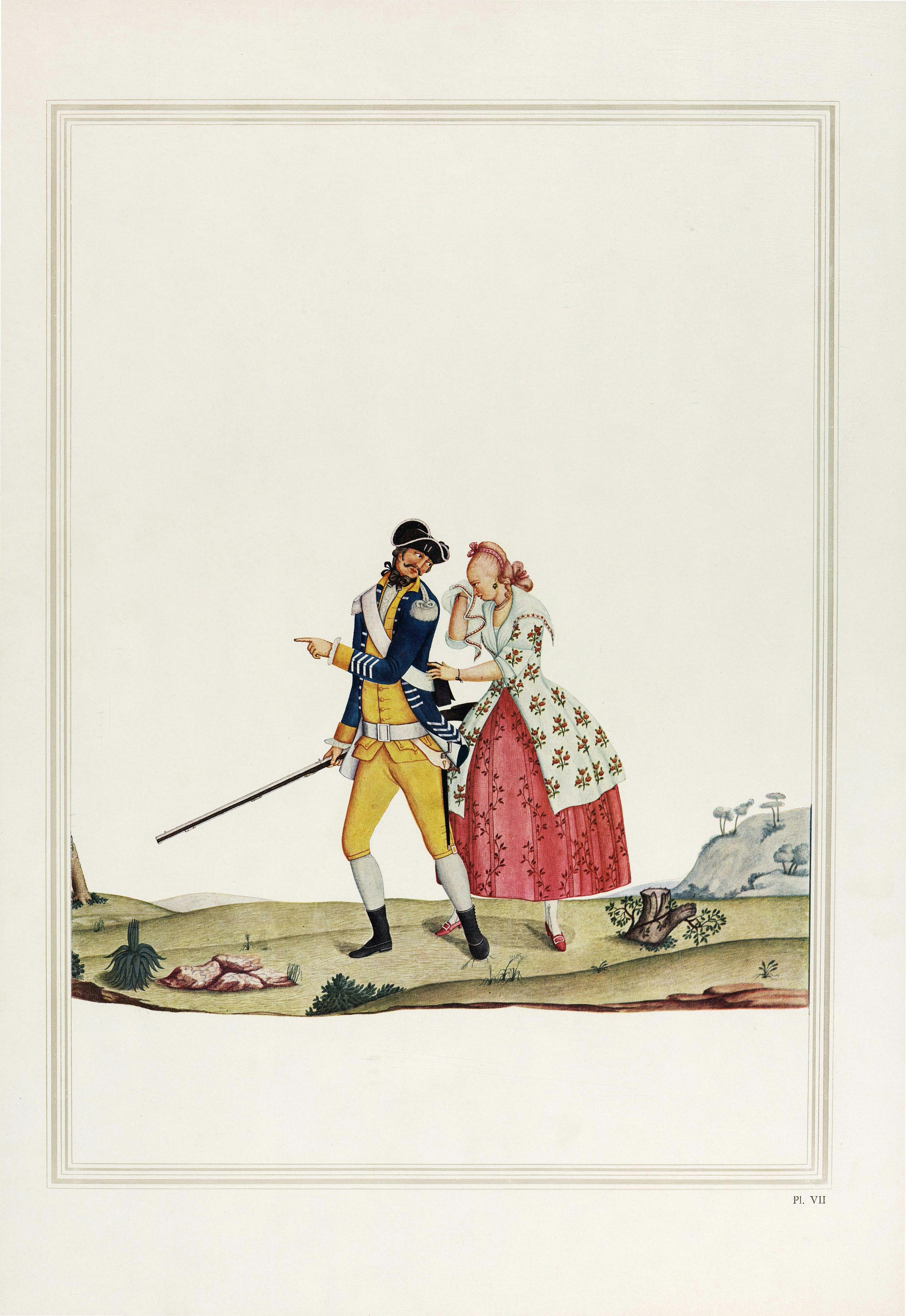
Portrayals of the libertine customs of the new world were still present throughout the 18th century. Many officials of the Crown reported how difficult it was to adapt to a land where all behaviours were tolerated. Adventurers and those rich enough to travel to Brazil were attracted by the search for gold and the myth of free love in the Brazilian countryside. Laws forbidding travel without the Crown’s authorization did not stop them. An elite troop called the Dragoons, and the military, in general, were represented in satirical literature, making the Portuguese an exotic character in a country under construction.
Places to visit
- Museu de LisboaExplore
Continue Exploring
Bibliography
Marcelo CAETANO, A antiga organização dos mesteres da cidade de Lisboa, Separata da introdução à colectânea de documentos sobre As corporações dos ofícios mecânicos de Franz-Paul Langhans, Lisboa, 1942.
Suzanne CHANTAL, A vida quotidiana em Portugal ao tempo do terramoto, s/d.
Roberto GUEDES, «Ofícios Mecânicos e Mobilidade Social: Rio de Janeiro e São Paulo (Sécs. XVII-XIX)”, Topoi, vol. 7, n.º 13, Rio de Janeiro, 2006, pp. 379-423.
Franz Paul LANGHANS, As antigas corporações dos ofícios mecânicos e a Câmara de Lisboa, Publicações Culturais da Câmara Municipal de Lisboa, 1942.
Jorge Borges de MACEDO, Problemas de História da Indústria Portuguesa no Século XVIII, Editorial Querco, 1982.
João Furtado MARTINS, «Os Carpinteiros na Inquisição de Lisboa no Século XVIII, Trabalho, Sociabilidades e Cultura Material», LibrosdelaCorte.es, Monográfico 6, El Influjo de la Inquisición en la Sociedad y en la Ciencia de España y Portugal, Siglos XVII-XVIII, Madrid, 2017, pp. 256-281. https://repositorio.uam.es/handle/10486/680063
Bento MORGANTI, Carta de hum amigo para outro, em que se dá succinta noticia dos effeitosdo Terremoto, succedido em o Primeiro de Novembro de 1755. Com alguns principios Fisicos para se conhecer a origem, e causa natural de similhantes Phenómenos terrestres, Lisboa, Officina Domingos Rodrigues, 1756.
Delminda Maria Miguéns RIJO, «Palácio dos Estaus de Hospedaria Real a Palácio da Inquisição e Tribunal do Santo Ofício», Cadernos do Arquivo Municipal, 2ª Série, nº 5, janeiro/junho, 2016, pp. 19 – 49. http://arquivomunicipal.cm-lisboa.pt/fotos/editor2/Cadernos/2serie/cad5/artigo01.pdf
Riscos Iluminados de Figurinhos de Brancos e Negros dos Uzos do Rio de Janeiro e Cerro do Frio, Aquarelas por Carlos Julião (Capitão de Mineiros da Artilharia da Corte), Biblioteca Nacional, Ministério da Educação e Cultura, Rio de Janeiro, 1960.
Piedade Braga SANTOS, Teresa RODRIGUES e Margarida Sá NOGUEIRA, Lisboa Setecentista vista por estrangeiros – Século XVIII, Livros Horizonte, 1996.
Ronaldo Manoel SILVA, «Que não se use de misericórdia, mas com todo o rigor da Justiça”: Manoel de Souza, um bígamo condenado pelo Santo Ofício (1741-1745)», Revista Outras Fronteiras, UFMT, V. 4, N. 2, 2017, pp. 05-23.
Ronaldo Manoel SILVA, «Seja declarado por convicto e confesso no crime de sodomia»: uma microanálise do processo inquisitorial do artesão Manoel Fernandes dos Santos (1740-1753), Dissertação de Mestrado em História Social da Cultura Regional, UFRPE, 2018.
Maria da Graça SILVA, Leis e Saberes do Ofício de Alfaiate na Época Moderna: O Caso da Cidade de Lisboa Setecentista, Dissertação de Mestrado, Universidade de Lisboa, 2012.
José de Oliveira Trovão e SOUSA, Carta em que hum amigo dá noticia a outro do lamentavel successo de Lisboa, Coimbra, Officina de Luis Secco Ferreyra, 1755.
Show other RFID points
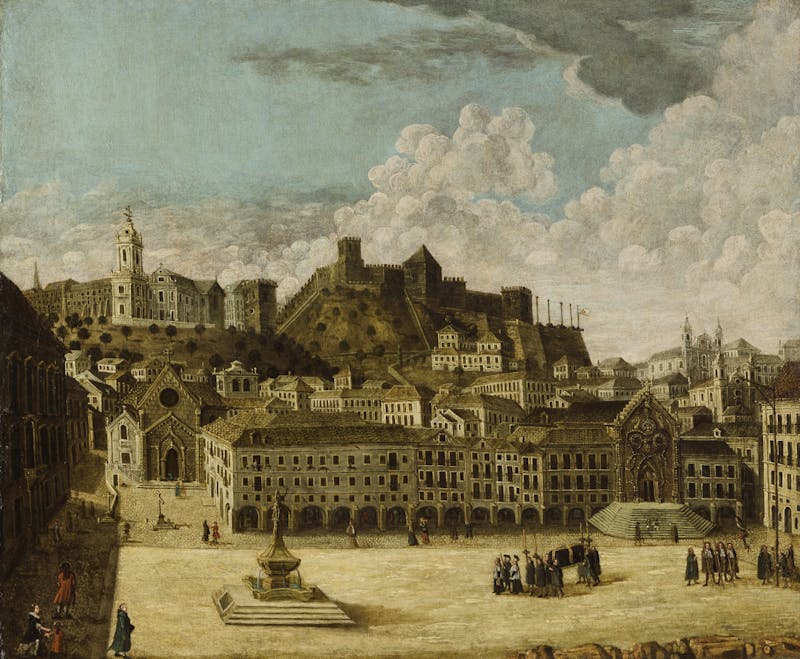
Lisbon 1755 - A city of contrasts
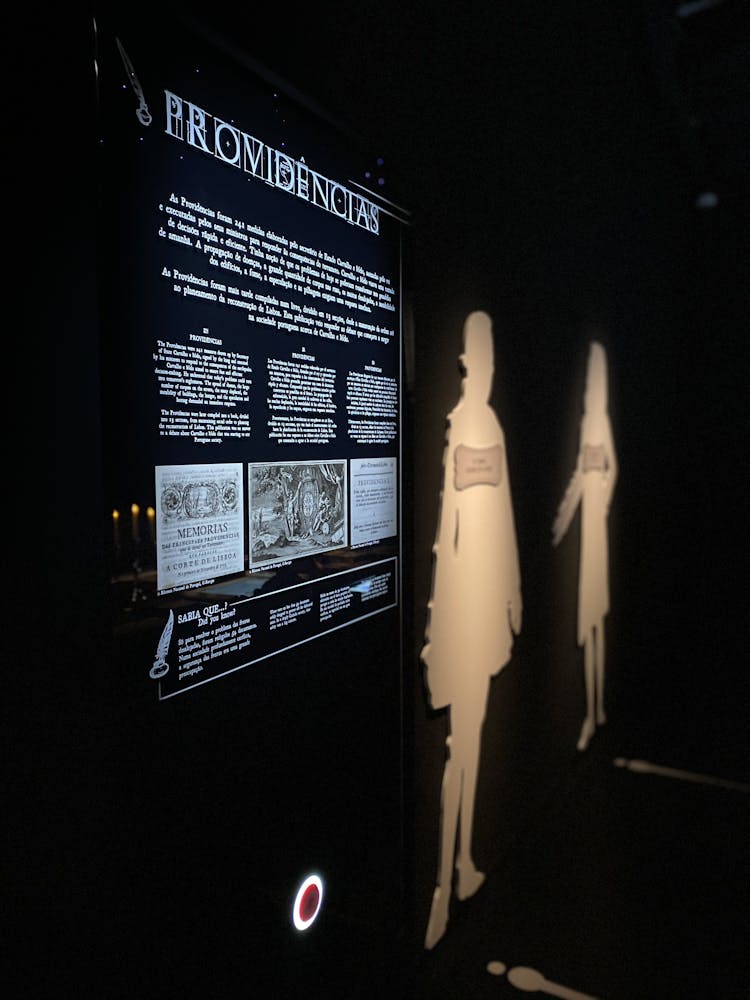
Providências

The German merchant
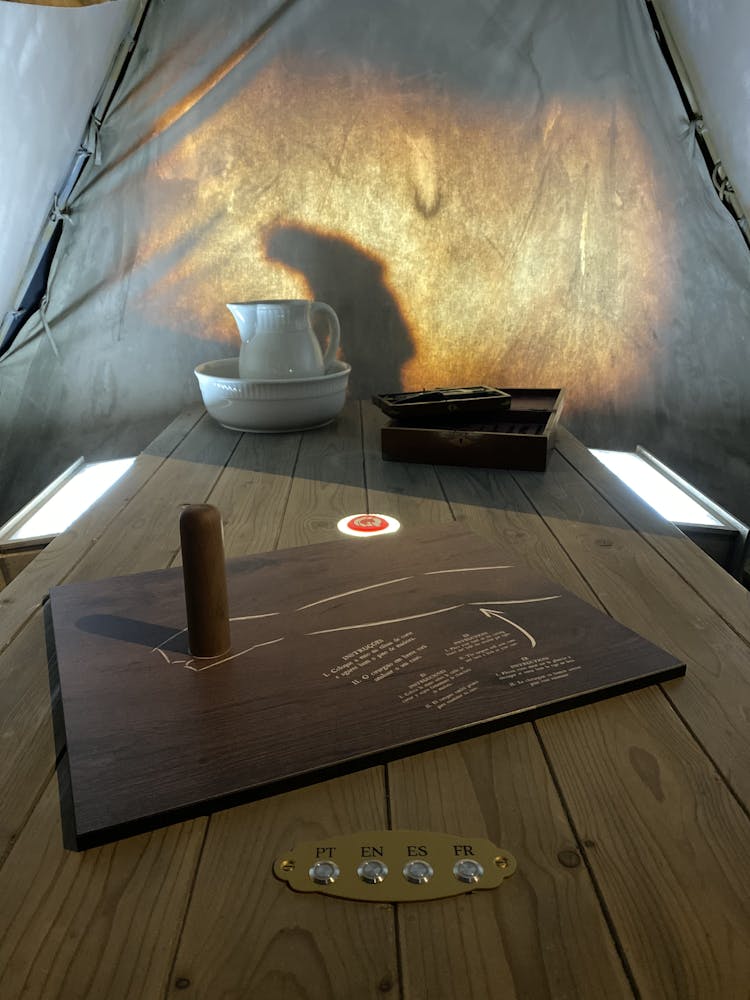
Surgeon Bleeding Barber
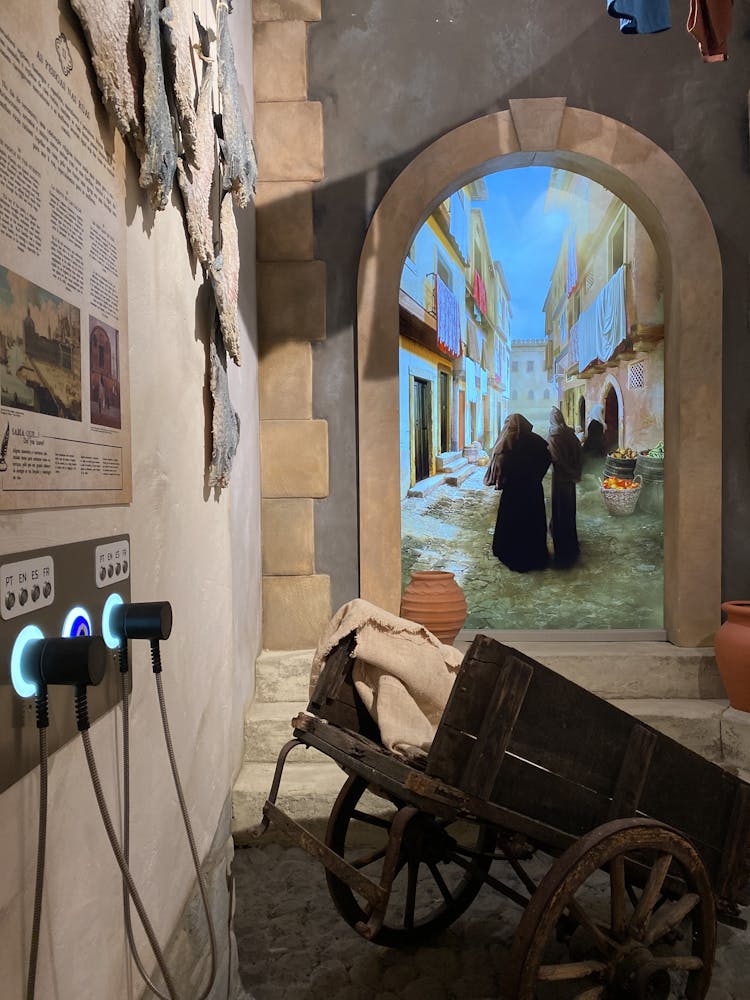
The people in the streets
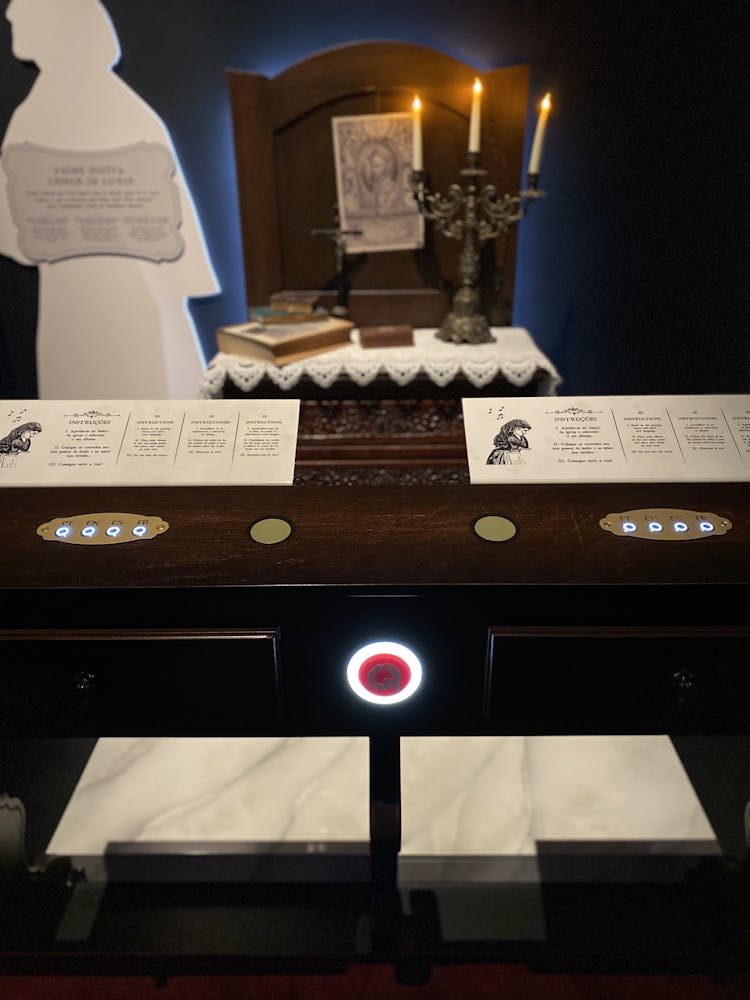
Jesuit book censor Priest
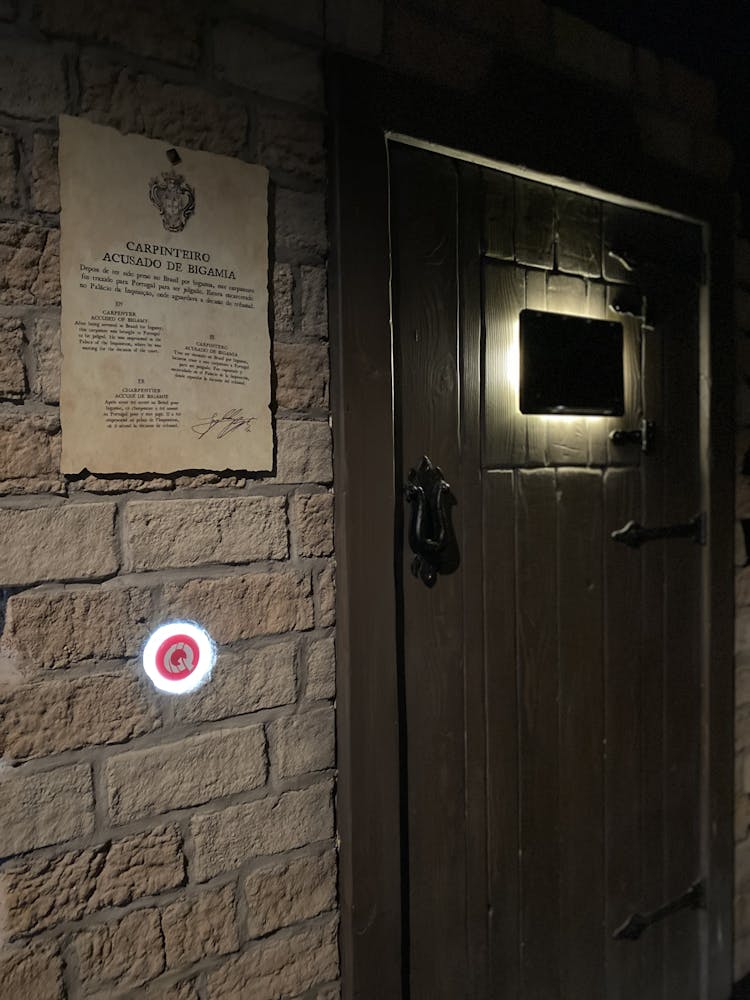
Carpenter accused of bigamy
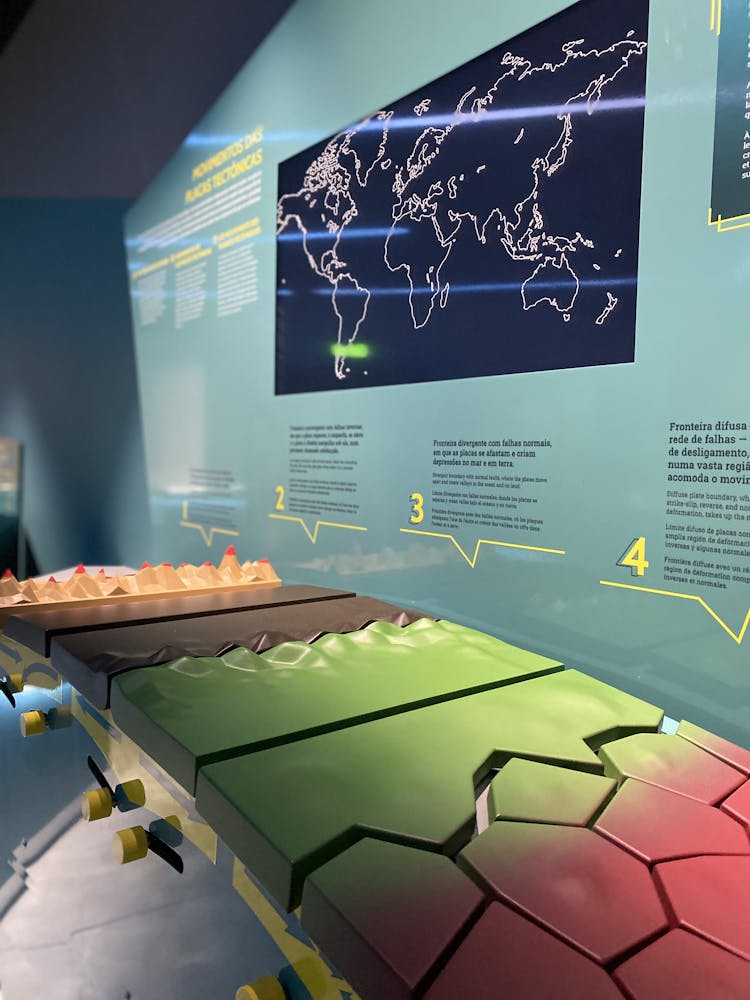
Tectonic Plates and Moving Plates
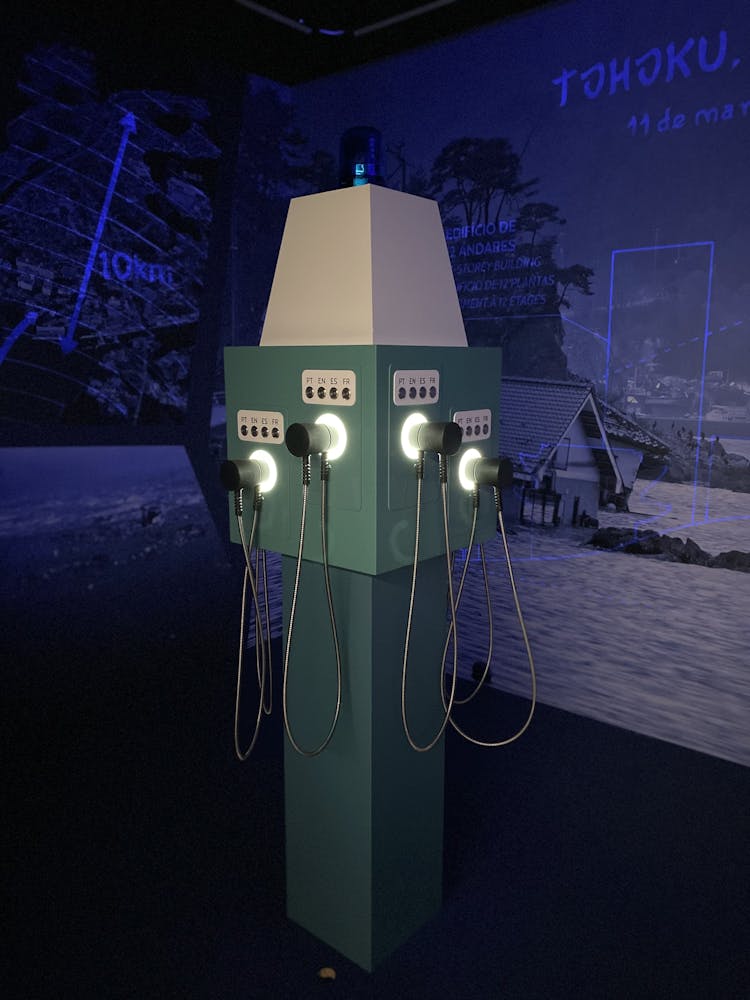
San Francisco and Tohoku
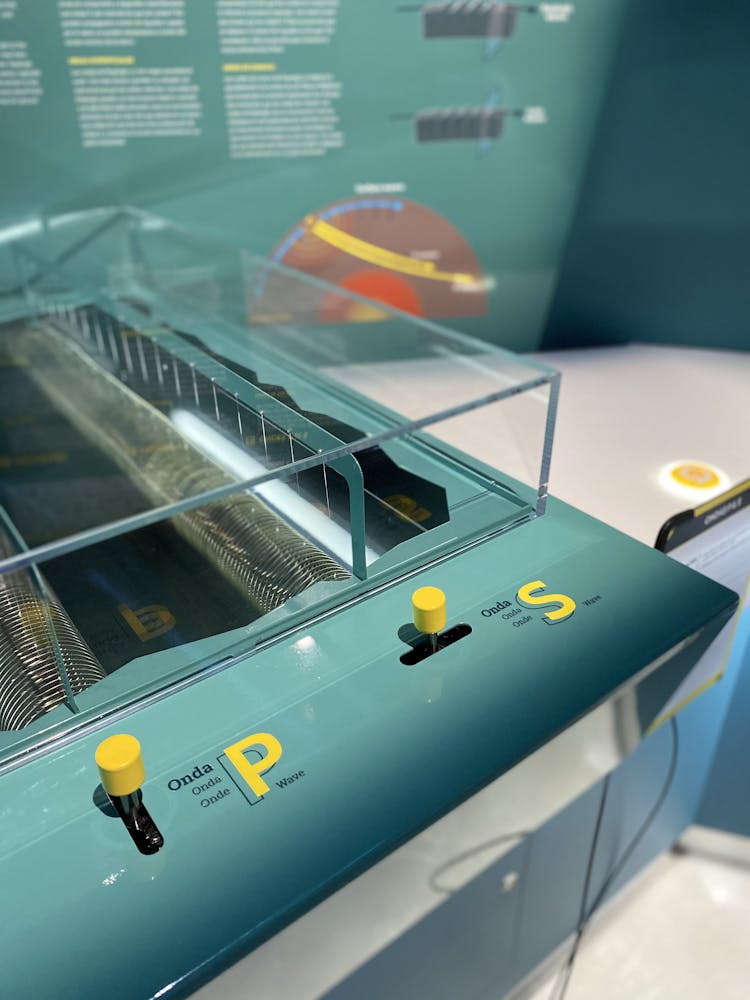
P&S Waves
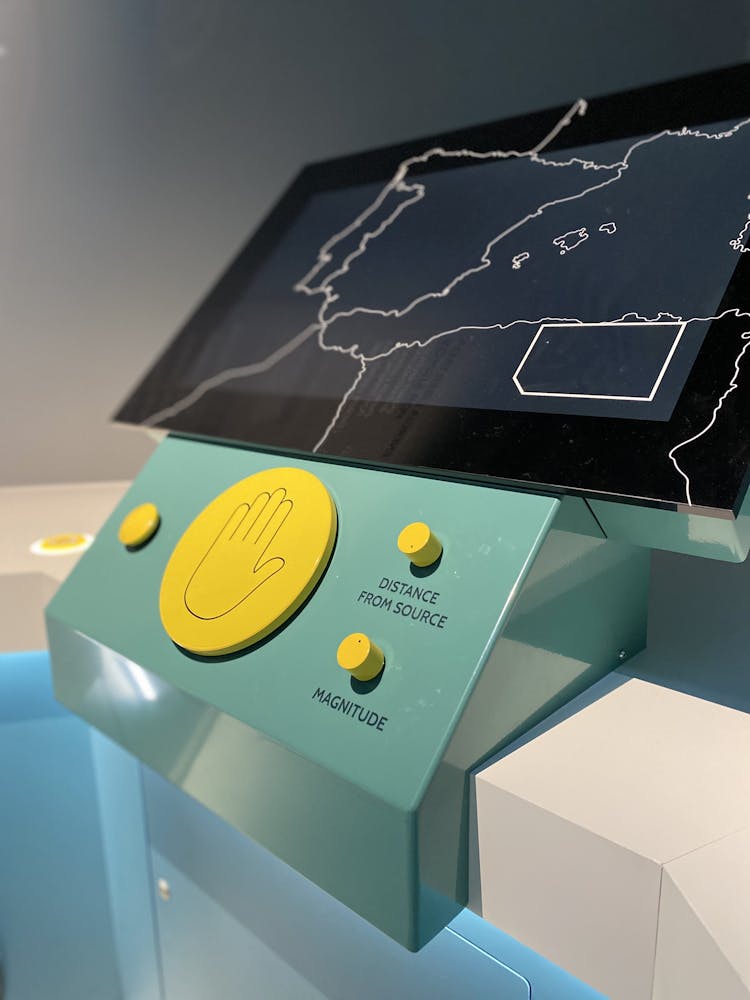
The Size of an Earthquake
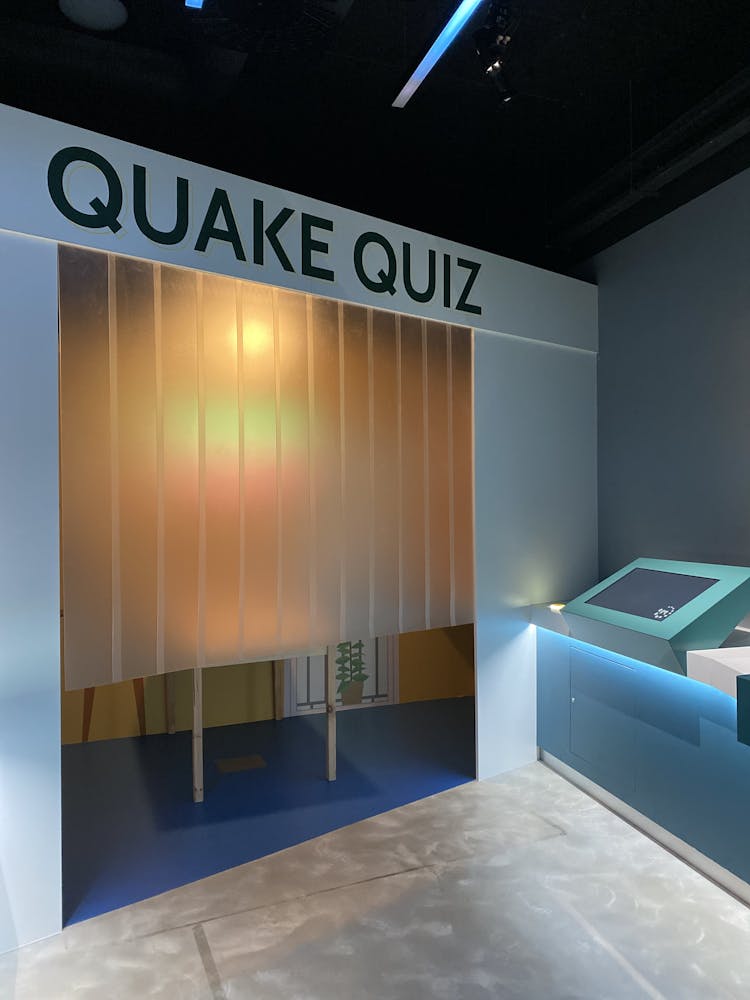
Are we prepared for the next one?
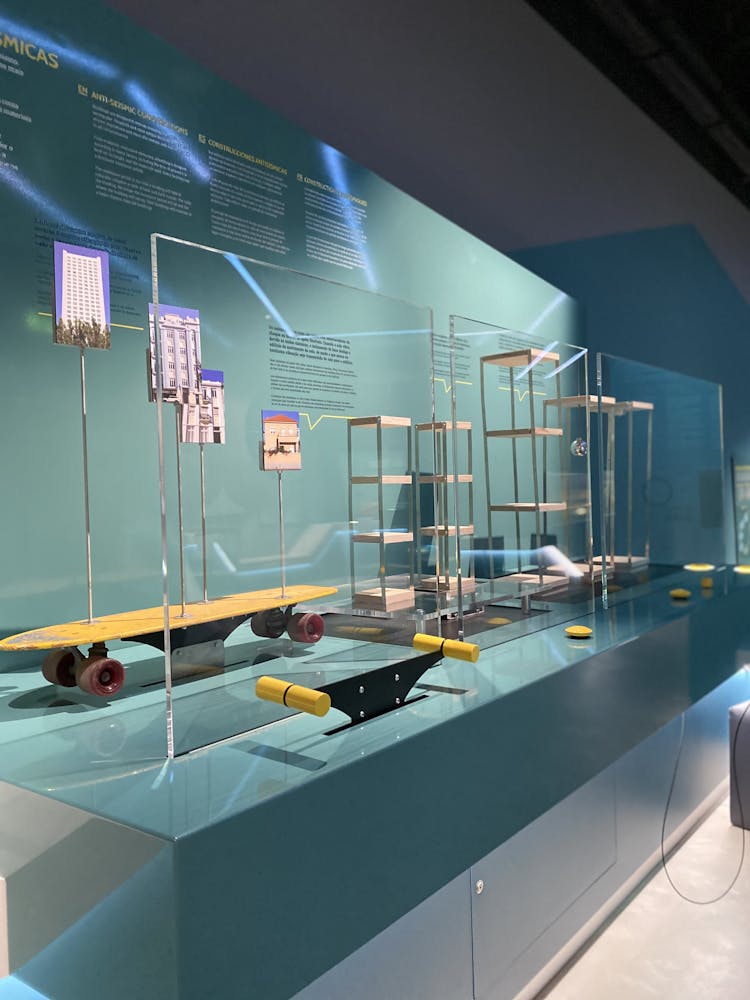
Anti Seismic Constructions
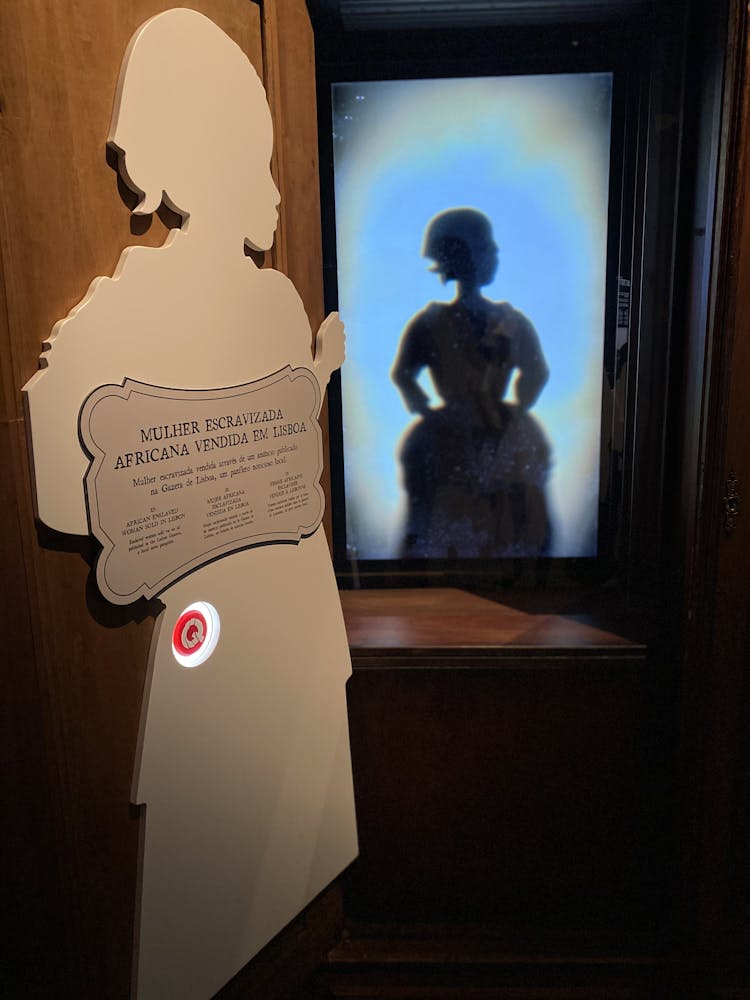
African enslaved woman bought in Lisbon
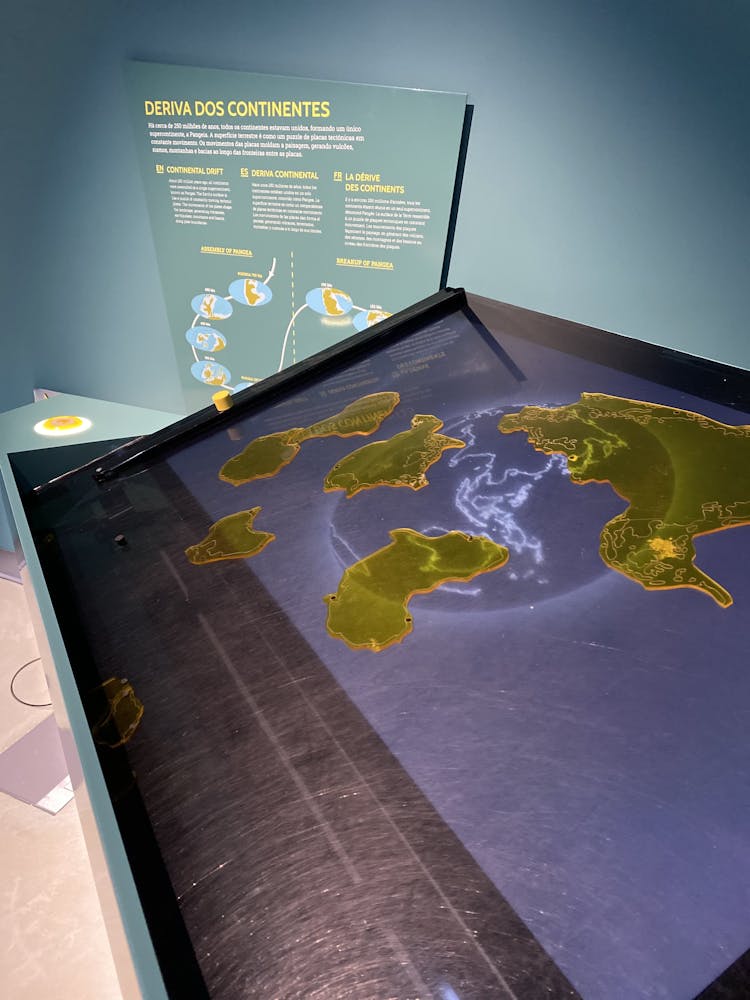
Continental Drift
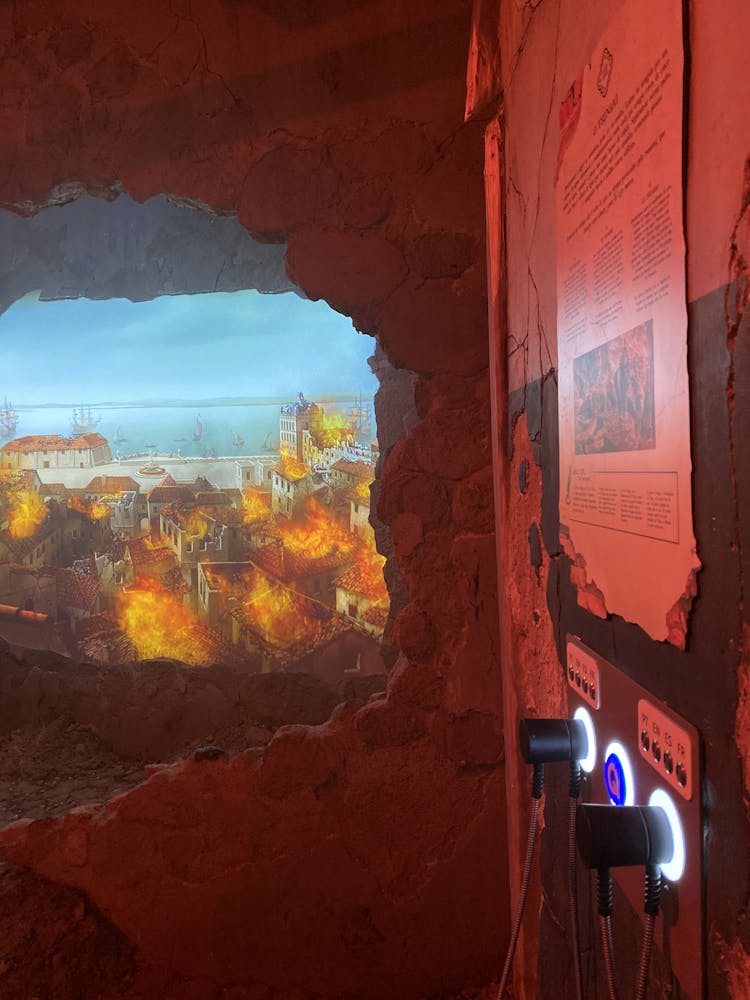
The Tsunami

Seismometer
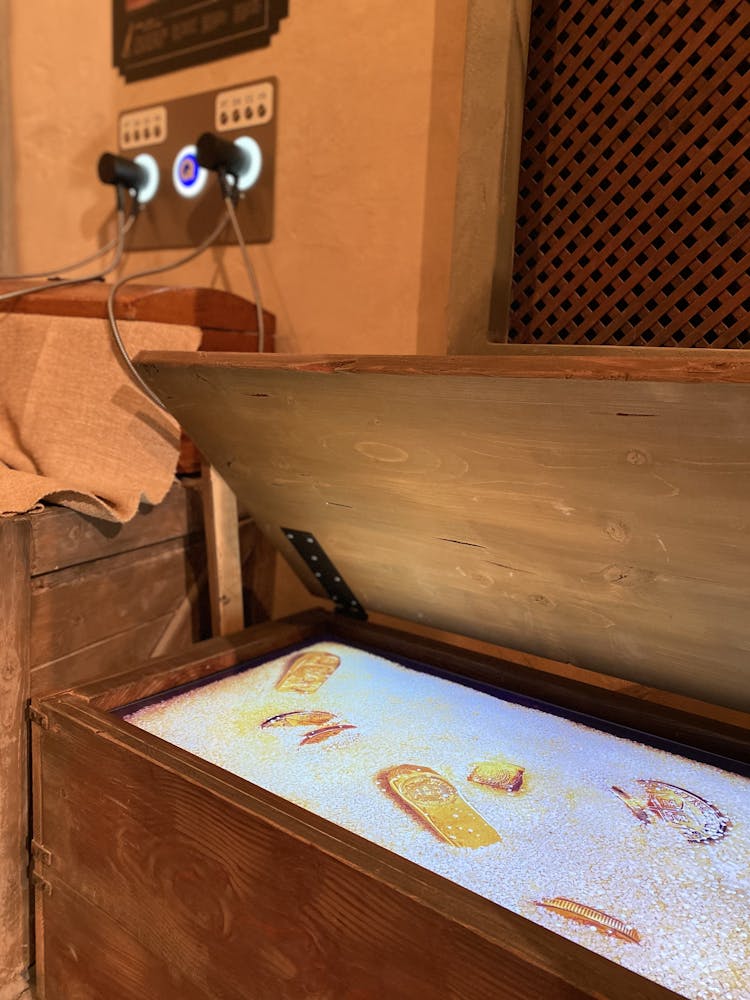
Richness of the city and gold smuggling
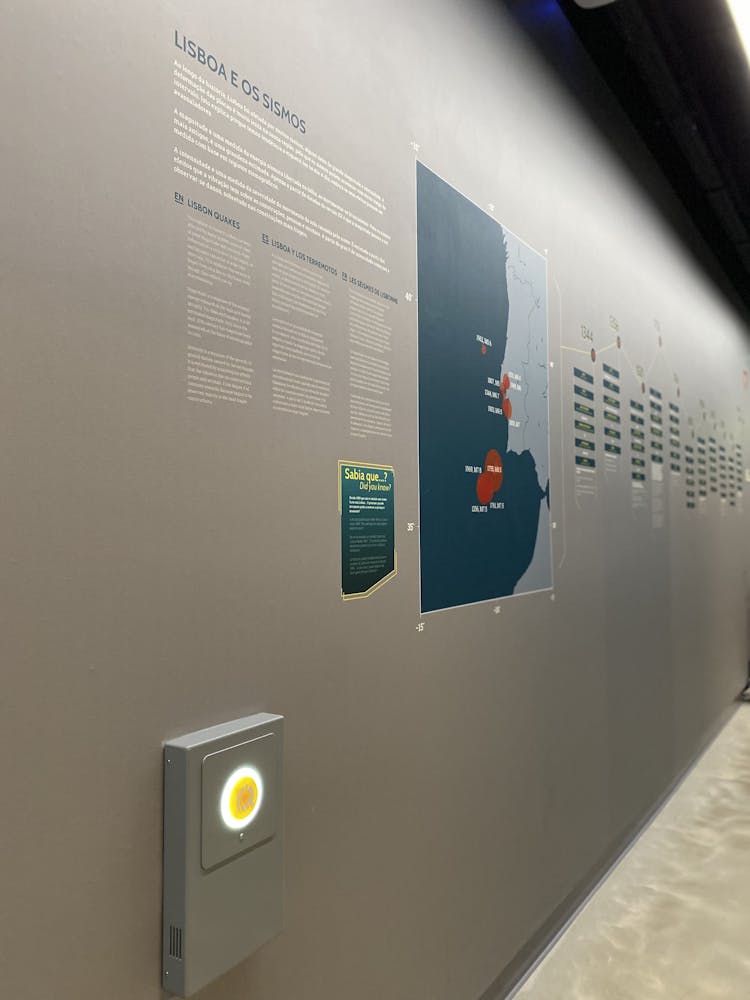
Portugal Tectonics and Lisbon Quakes

How the fires started and propagated
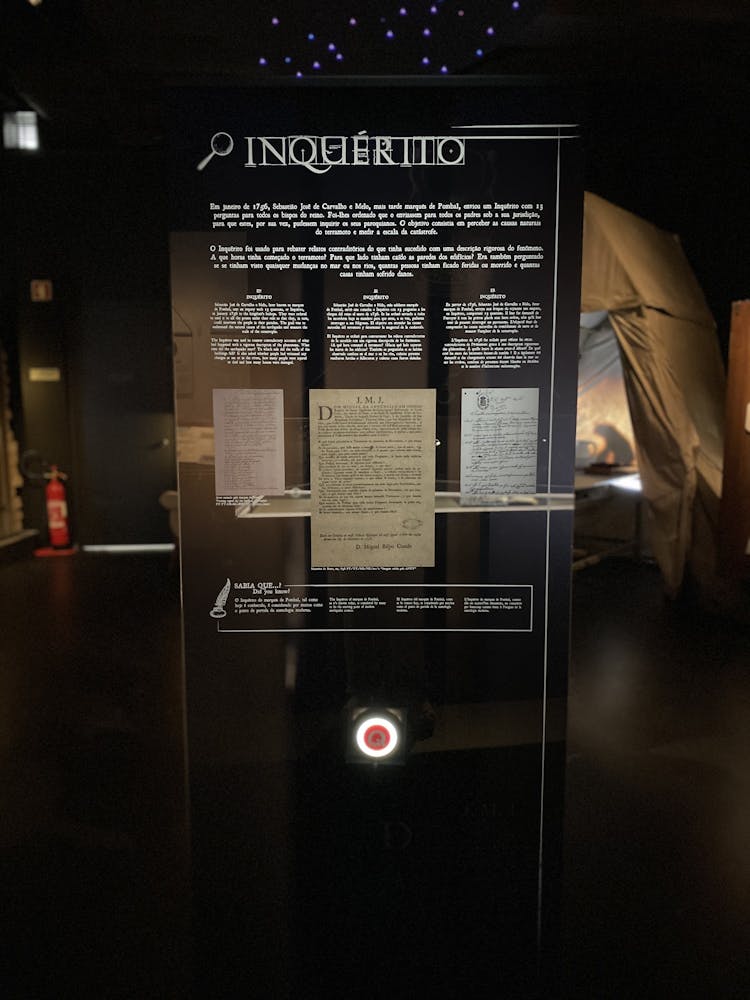
Inquérito
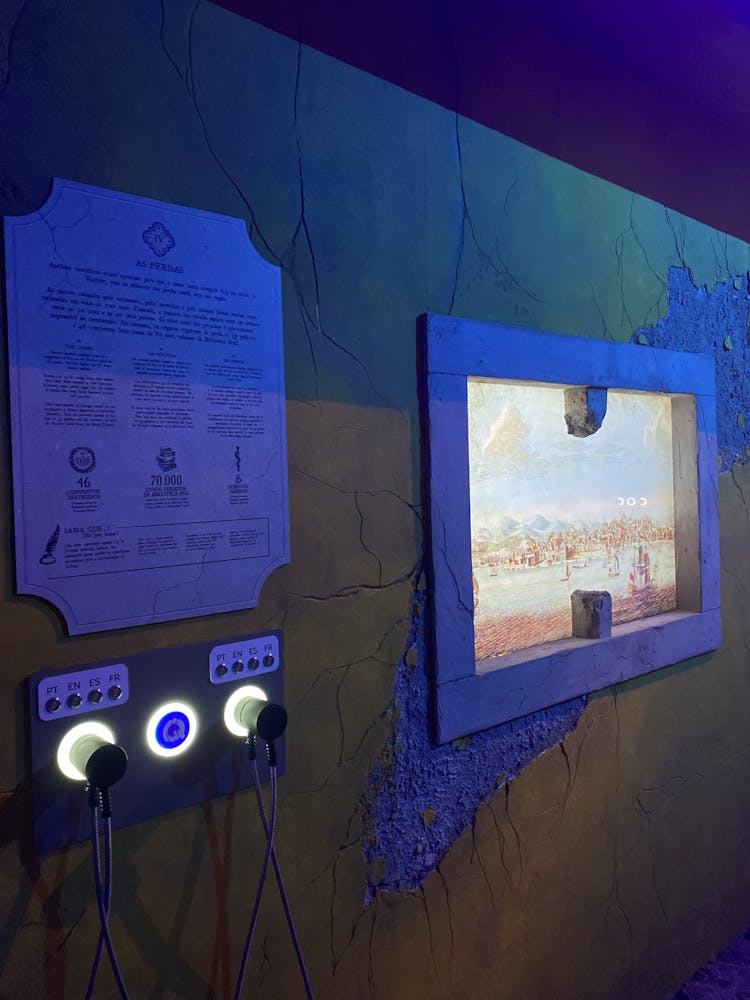
The losses
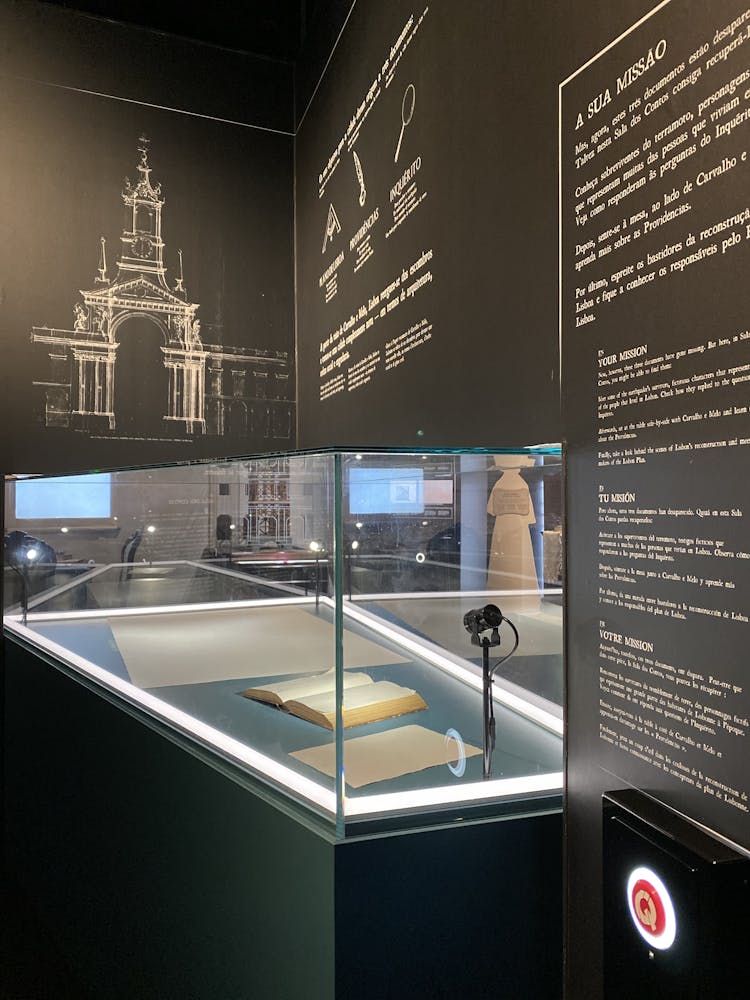
The three missing documents
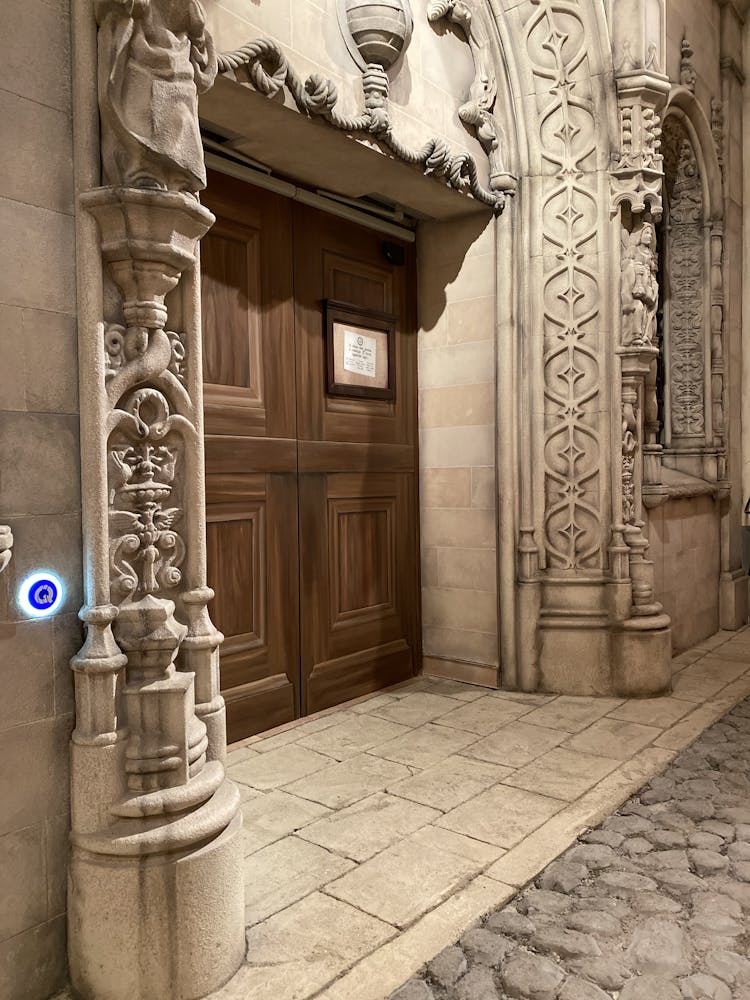
Traditional Rite Masses
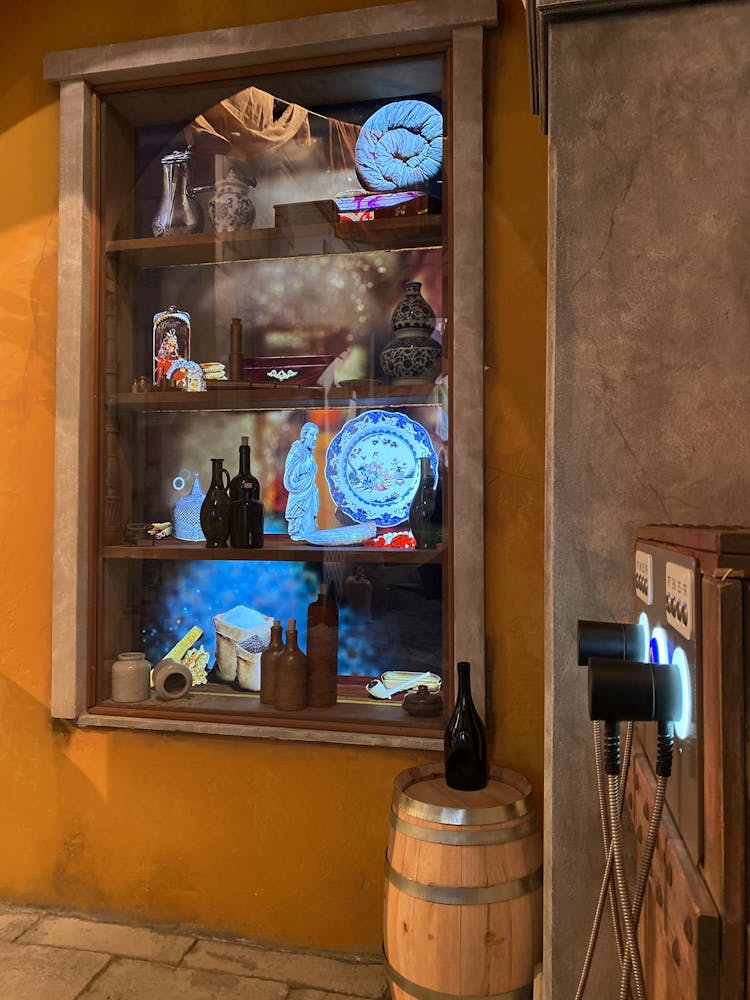
The connection with the colonized territories
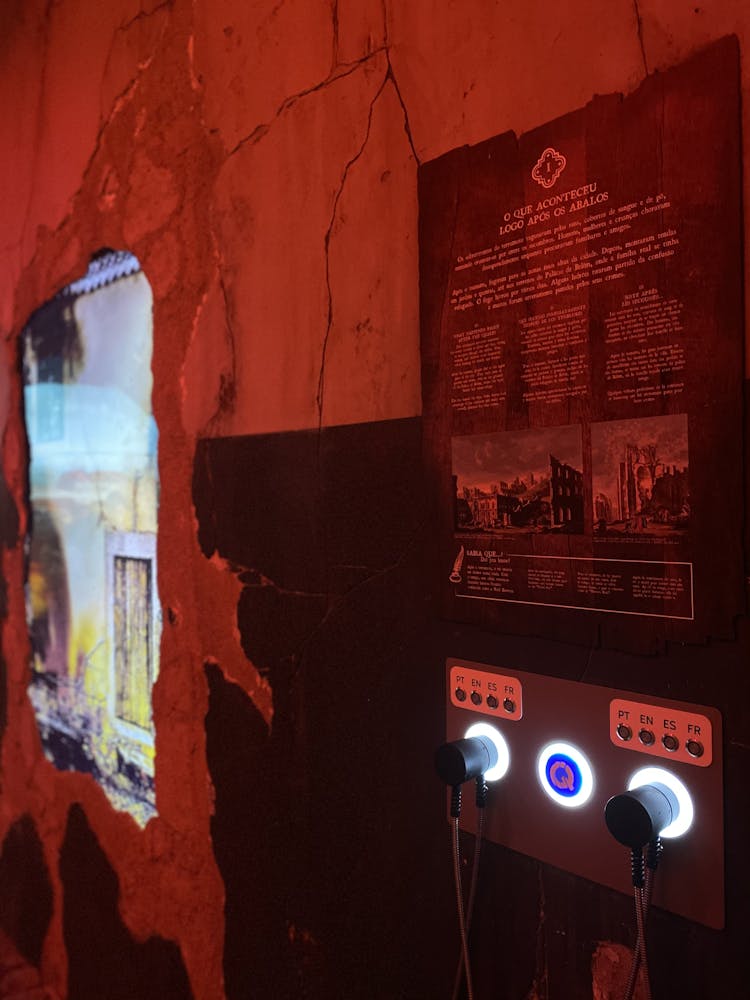
What happened right after the quakes
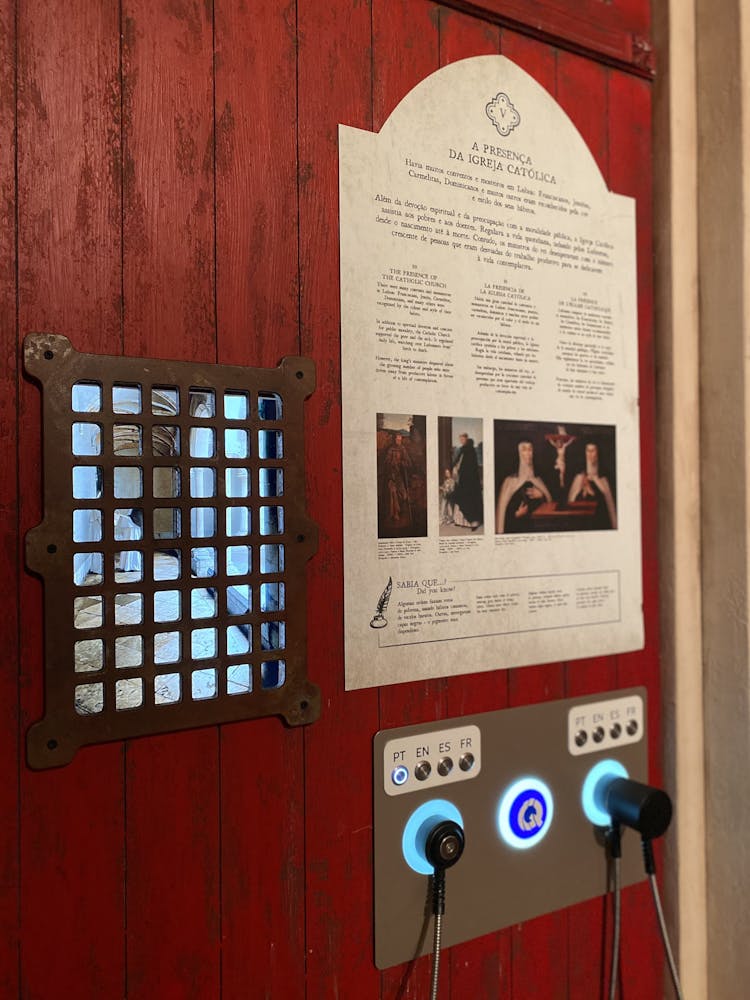
Presence of the Catholic Church
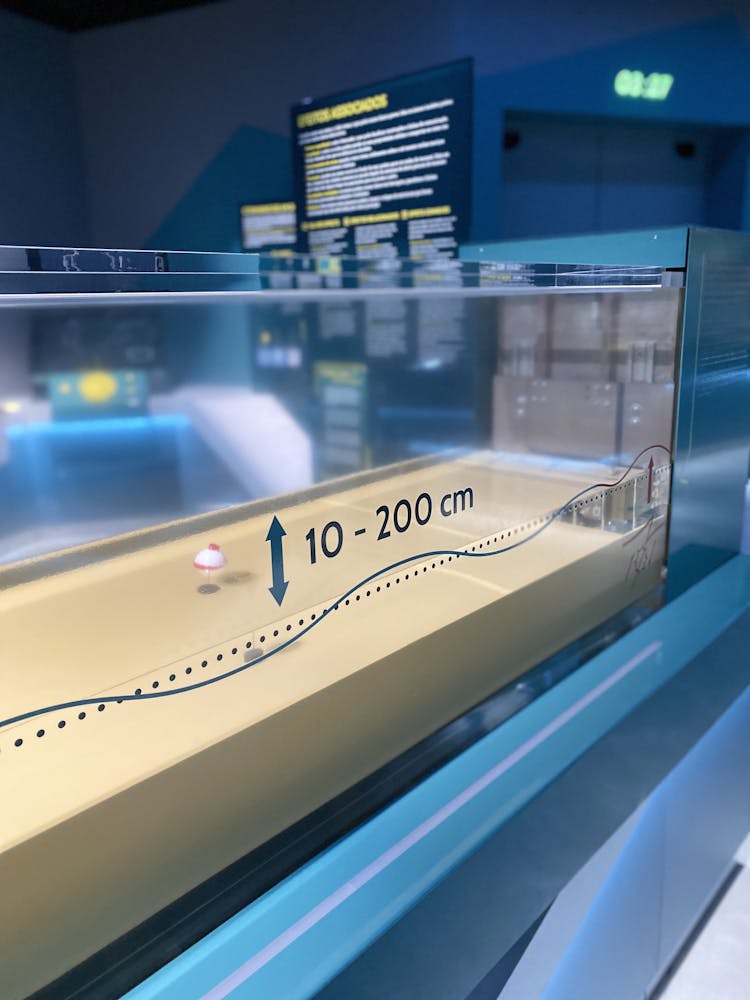
Related Effects

The King's Ministers
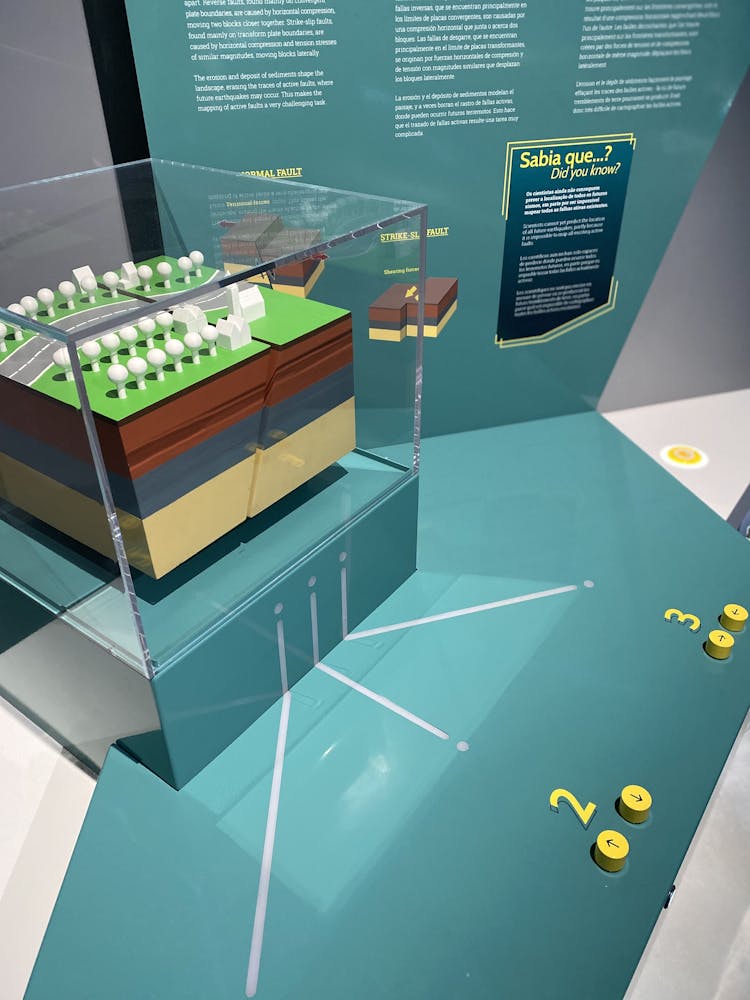
Earthquakes and Faults
